I was just passing by on my way to see my dying step-mother, so I just stopped a couple of minutes to photograph the obvious. A couple more Mashteuiatsh innu / Montagnais native reserve images are on my stock site.

A tipi-shaped artwork is seen on a promenade facing the lac St-Jean lake in the innu (Montagnais) reserve of Mashteuiatsh (also called Pointe-Bleue) in the province of Quebec, Canada. The reserve is the home of almost 2000 Innu-Montagnais.
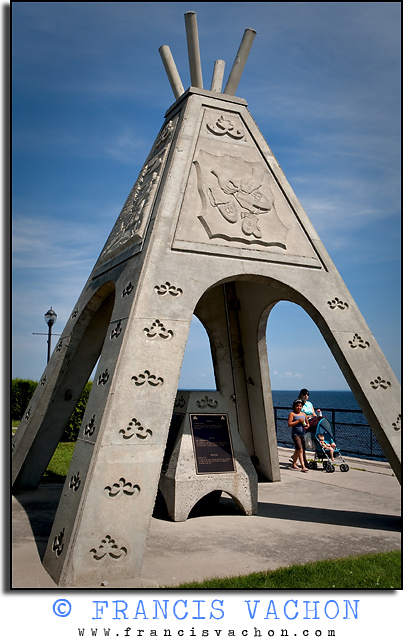
You might also like:
Sorry for the blackout on my blog. Now you know why.

Last photo of my son Edward with her Grandma Carole, 4 days before she died on July 17 of various illness including lung cancer, sclerosis, bone cancer and fibromyalgia. Carole was the mother of my girlfriend Cindy.
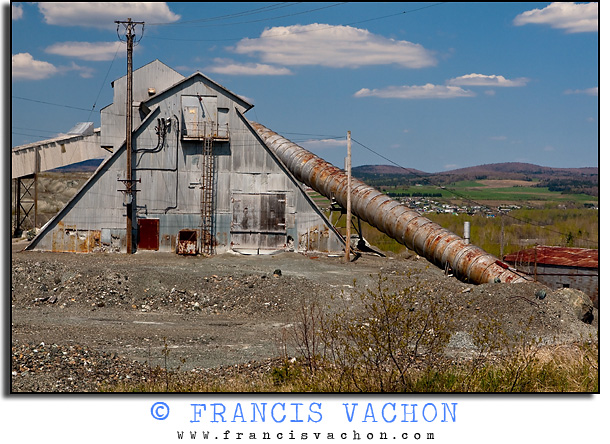
| Earlier this week, I drove Thetford Mines. I wanted to get some stock photos of the decaying asbestos mining industry. The city became a hub for one of the world’s largest asbestos-producing regions before the industry went to a major slum when health concern was raised starting to appear some decades ago.
The huge mine tails, the abandoned mines, and the one still active are very impressive and gave me some cool photo. Here is some, but see more on my Thetford Mines asbestos mining stock photo collection. |
Plus tôt cette semaine, je suis allé dans la région québécoise de Chaudière-Appalaches jusqu’à Thetford Mines. Je voulais ajouter à ma collection d’images quelques photos de l’industrie de l’amiante. La ville était auparavant un des plus importants centres miniers de cette industrie jusqu’à ce que les risques pour la santé lors de l’utilisation de ce produit ont été évoqués il y a quelques décennies.
Les haldes (énormes montagnes de résidus miniers), les sites abandonnés et les mines toujours en fonction m’ont donné quelques photos très impressionnantes. En voici quelques-unes, mais vous pouvez en voir plus sur ma galerie de stock photo de l’industrie de l’amiante à Thetford Mines. |

Abandoned asbestos mining site is pictured in Thetford Mines (Quebec, Canada) May 13, 2009. Thetford Mines was founded in 1876 after the discovery of large asbestos deposits in the area, and the city became a hub for one of the world’s largest asbestos-producing regions.
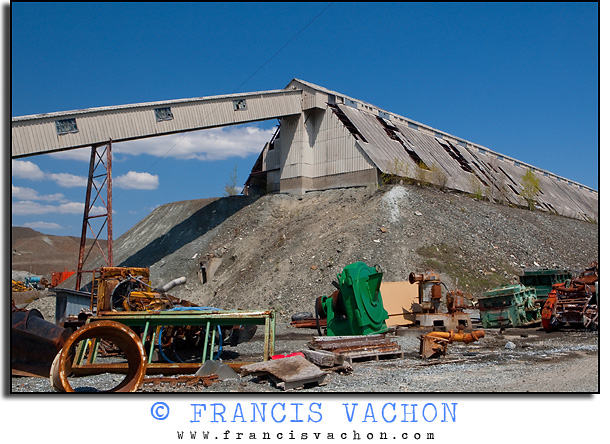
Abandoned asbestos mining site in Thetford Mine
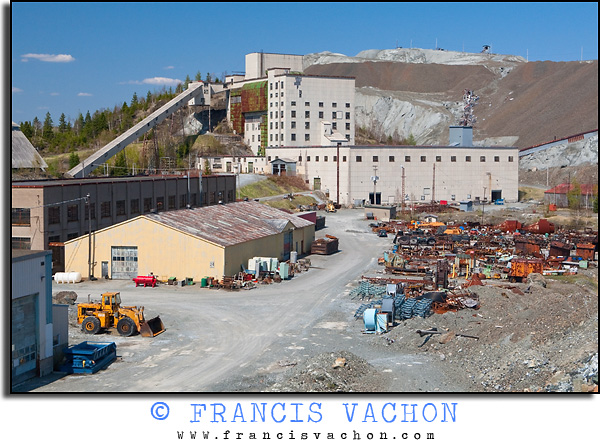
Abandoned asbestos mining site in Thetford Mine
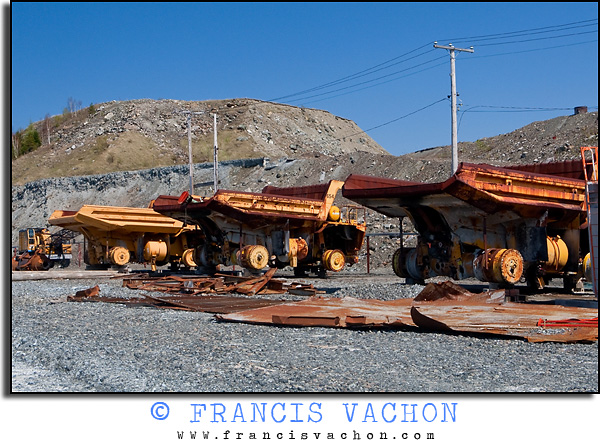
Rusting dump trucks are pictured on an abandoned asbestos mining site in Thetford Mines (Quebec, Canada) May 13, 2009
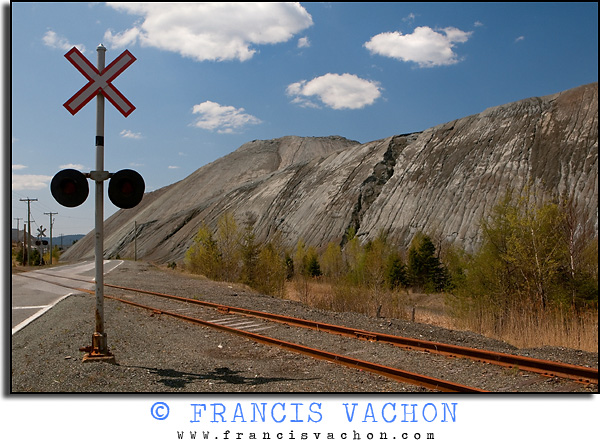
An abandoned railroad is seen beside an asbestos mine tailings in Thetford Mines (Quebec, Canada) May 13, 2009
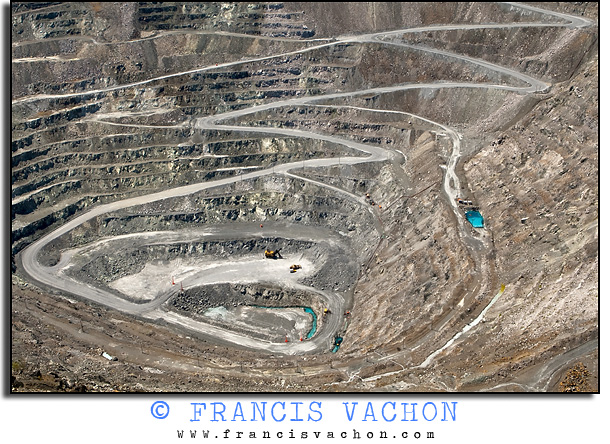
LAB (Lake Asbestos Mine / Mine Lac d’Amiante) asbestos mining site in the Black Lake district of Thetford Mines (Quebec, Canada) May 13, 2009
|
Maclean’s is a prestigious Canadian magazine and I’m glade I can now put them in my client list. I did my first assignment last week when I drove an hour and a half down to the lovely Charlevoix region to photograph some sheep and lambs for a story about the first food product in North America to be legally protected based on its region of origin. That would be those sheep in Charlevoix. Story is here.
|
Macleans’s est une prestigieuse revue canadienne et je suis heureux de maintenant les compter dans ma liste de client. J’ai fait mon premer contrat pour eux la semaine passée alors que j’ai fait une heure et demie de voiture jusqu’à la belle région de Charlevoix pour photographier des moutons et des agneaux. L’histoire est sur le premier produit alimentaire en Amérique du Nord avec un nom protégé en fonction de son origine géographique – les moutons de Charlevoix.
|
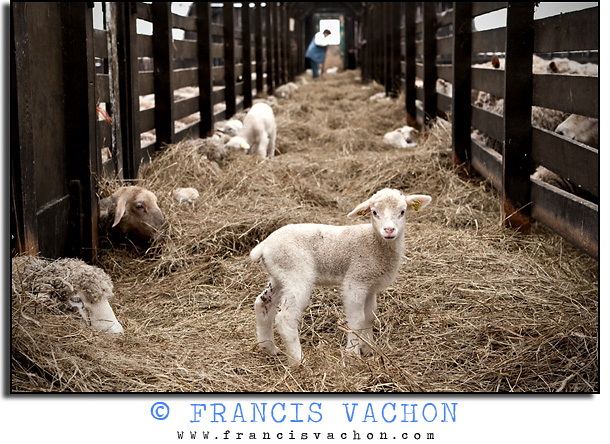



I was tagging along a Gazette reporter near Thetford Mines. For a full day, we where following Yves Auger, an “apples detective”. Auger travels extensively across the area to finds and documents apples, especially older or unknown varieties. The story was kind of cool, but then it turned VERY cool when he gets us to the Jeanne D’Arc Beaulieu’s field. She’s a pretty old woman, but still working her field and her garden. The place is like a time travel to the beginning of the colony with all those old building and everything. And she talks and talks, and she gesticulates with her hands full of arthritis. I could have stayed for hours!
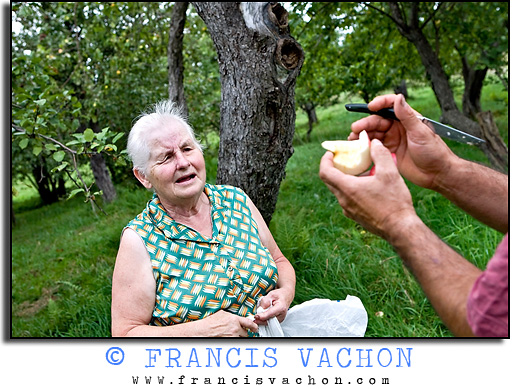
Technical: Canon EOS Mark III, 1/250 at f5 with a 24-70 at 35mm – ISO 250
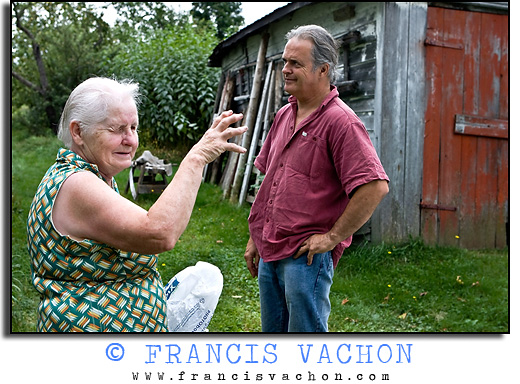
Technical: Canon EOS Mark III, 1/250 at f5 with a 24-70 at 35mm – ISO 250
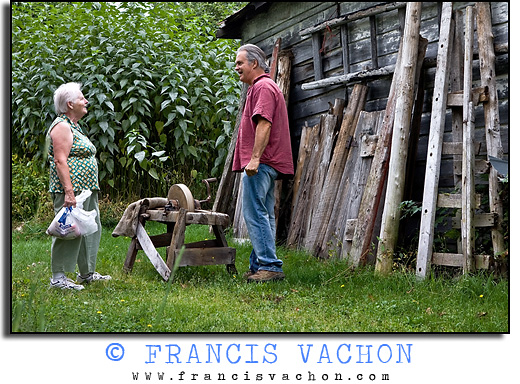
Technical: Canon EOS Mark III, 1/125 at f6.3 with a 24-70 at 55mm – ISO 200

Technical: Canon EOS Mark III, 1/250 at f5 with a 24-70 at 35mm – ISO 250
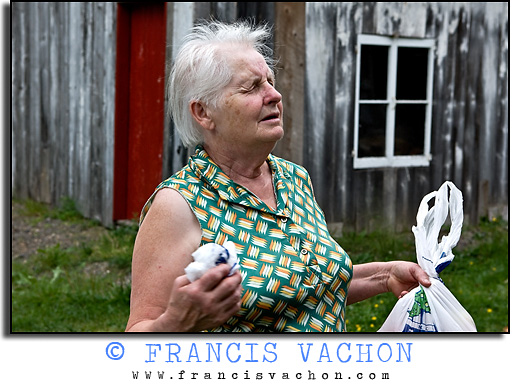
Technical: Canon EOS Mark III, 1/160 at f6.3 with a 24-70 at 52mm – ISO 200
« Réclame ta rue » is a weird annual « protest » where a bunch of people « reclaim their street » by blocking a major intersection and doing all kinds of things for the whole day. Anything they want, really…

Technical: Canon EOS Mark III, 1/8000 at f2,5 with a 50mm prime lens – ISO 200

Technical: Canon EOS 20D, 1/2500 at f2,8 with a 70-200 at 145mm – ISO 200

Technical: Canon EOS Mark III, 1/2500 at f3,5 with a 50mm prime lens – ISO 200

Technical: Canon EOS Mark III, 1/200 at f6,3 with a 50mm prime lens – ISO 50

Technical: Canon EOS Mark III, 1/8000 at f2 with a 50mm prime lens – ISO 200























